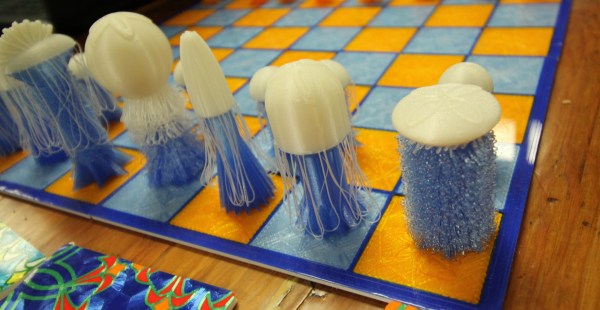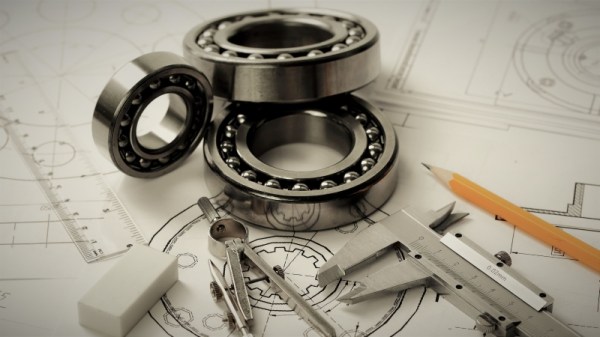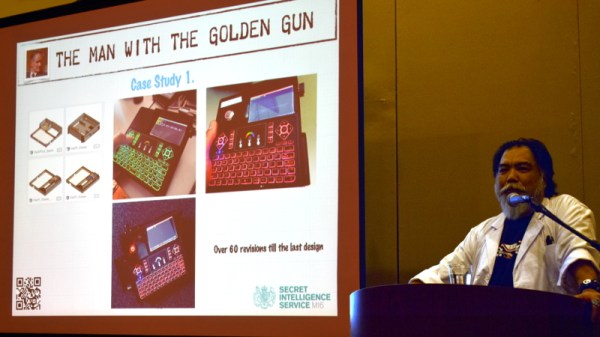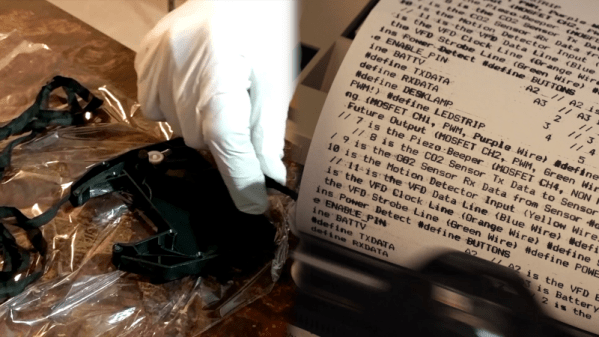Join us Wednesday at noon Pacific time for the Autodesk Fusion 360 Hack Chat!
Most of us have a collection of tools that we use for the various mechanical, electronic, and manufacturing tasks we face daily. But if you were asked to name one tool that stretches across all these spaces, Autodesk Fusion 360 would certainly spring to mind. Everyone from casual designers of 3D-printed widgets to commercial CNC machine shops use it as an end to end design solution, and anyone who has used it over the last year or so knows that the feature set in Fusion is expanding rapidly.
Matt, who goes by technolomaniac on Hackaday.io, is Director of Product Development for EAGLE, Tinkercad, and Fusion 360 at Autodesk. He’ll drop by the Hack Chat this week to discuss your questions about:
- All the Autodesk design software components, from EAGLE to Fusion and beyond
- Future plans for an EAGLE-Fusion integration
- Support for manufacturing, including additive, CNC, and even mold making
- Will there ever be “one design tool to rule them all?”
You are, of course, encouraged to add your own questions to the discussion. You can do that by leaving a comment on the Autodesk Fusion 360 Hack Chat page and we’ll put that in the queue for the Hack Chat discussion.
 Our Hack Chats are live community events in the Hackaday.io Hack Chat group messaging. This week we’ll be sitting down on Wednesday, April 10, at noon, Pacific time. If time zones have got you down, we have a handy time zone converter.
Our Hack Chats are live community events in the Hackaday.io Hack Chat group messaging. This week we’ll be sitting down on Wednesday, April 10, at noon, Pacific time. If time zones have got you down, we have a handy time zone converter.
Click that speech bubble to the right, and you’ll be taken directly to the Hack Chat group on Hackaday.io. You don’t have to wait until Wednesday; join whenever you want and you can see what the community is talking about.




















